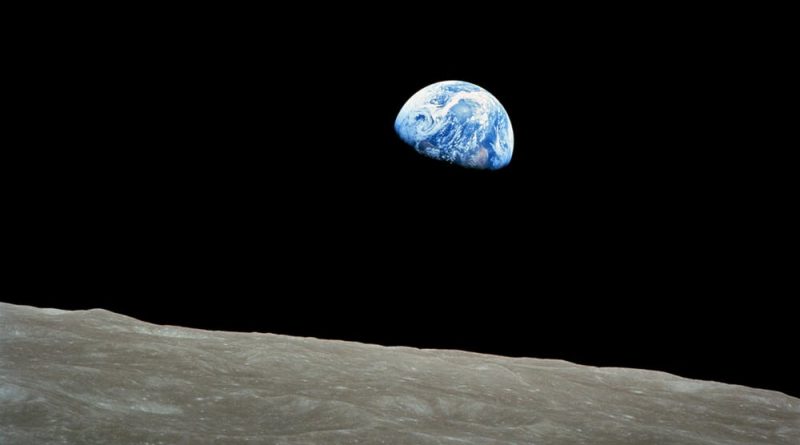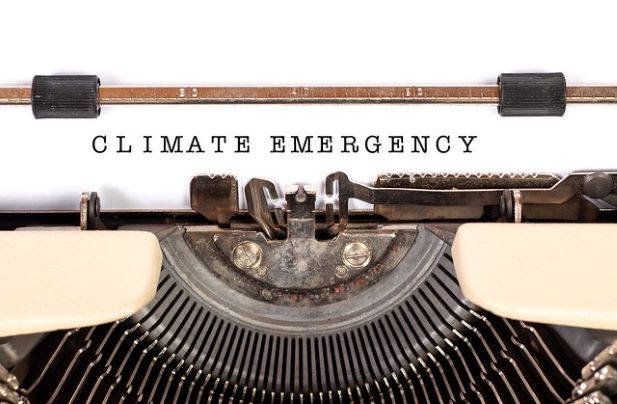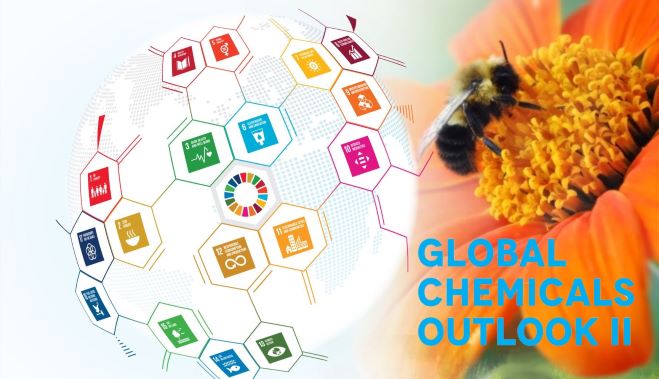About 1,000,000 Species Face Extinction Finds IPBES Study

At the 7th session of the IPBES Plenary, meeting last week (29 April – 4 May) in Paris, the Intergovernmental Science-Policy Platform on Biodiversity and Ecosystem Services in its most comprehensive assessments found that 1,000,000 species of flora and fauna are threatened with extinction.
It is the first intergovernmental Report of its kind and builds on the landmark Millennium Ecosystem Assessment of 2005.
Compiled by 145 expert authors from 50 countries over the past three years, with inputs from another 310 contributing authors, the Reports assesses changes over the past five decades, to provide a comprehensive picture of the relationship between economic development and their impacts on nature.
The Reports finds that around 1 million animal and plant species are now threatened with extinction, many within decades, more than ever before in human history.
The average abundance of native species in most major land-based habitats has fallen by at least 20%, mostly since 1900. More than 40% of amphibian species, almost 33% of reef-forming corals and more than a third of all marine mammals are threatened. The picture is less clear for insect species, but available evidence supports a tentative estimate of 10% being threatened. At least 680 vertebrate species had been driven to extinction since the 16th century and more than 9% of all domesticated breeds of mammals used for food and agriculture had become extinct by 2016, with at least 1,000 more breeds still threatened.
“Ecosystems, species, wild populations, local varieties and breeds of domesticated plants and animals are shrinking, deteriorating or vanishing. The essential, interconnected web of life on Earth is getting smaller and increasingly frayed,” said Josef Prof. Settele, who co-chaired the Assessment from Germany. “This loss is a direct result of human activity and constitutes a direct threat to human well-being in all regions of the world.”
To increase the policy-relevance of the Report, the assessment’s authors have ranked, for the first time at this scale and gave five direct drivers of change in nature with the largest relative global impacts so far. These culprits are, in descending order: (1) changes in land and sea use; (2) direct exploitation of organisms; (3) climate change; (4) pollution and (5) invasive alien species.
The reports also found that global goals for conserving and sustainably using nature and achieving sustainability cannot be met by current trajectories.
The report found many experts distressed. Andrew Norton, Director of the International Institute for Environment and Development (IIED), said: “The IPBES report on the global state of biodiversity is shocking but not entirely surprising. The question is, how much more evidence and repeated warnings will it take for governments, companies and financial institutions to wake up to the urgency and act?”
Current negative trends in biodiversity and ecosystems will undermine progress towards 80% (35 out of 44) of the assessed targets of the Sustainable Development Goals, related to poverty, hunger, health, water, cities, climate, oceans and land (SDGs 1, 2, 3, 6, 11, 13, 14 and 15).
Other Key findings are:
- Three-quarters of the land-based environment and about 66% of the marine environment have been significantly altered by human actions.
- More than a third of the world’s land surface and nearly 75% of freshwater resources are now devoted to crop or livestock production.
- The value of agricultural crop production has increased by about 300% since 1970, raw timber harvest has risen by 45% and approximately 60 billion tons of renewable and non-renewable resources are now extracted globally every year – having nearly doubled since 1980.
- Land degradation has reduced the productivity of 23% of the global land surface, up to US$577 billion in annual global crops are at risk from pollinator loss and 100-300 million people are at increased risk of floods and hurricanes.
- In 2015, 33% of marine fish stocks were being harvested at unsustainable levels; 60% were maximally sustainably fished, with just 7% harvested at levels lower than what can be sustainably fished.
- Urban areas have more than doubled since 1992.
- Plastic pollution has increased tenfold since 1980, 300-400 million tons of heavy metals, solvents, toxic sludge and other wastes from industrial facilities are dumped annually into the world’s waters, and fertilizers entering coastal ecosystems have produced more than 400 ocean ‘dead zones’, totalling more than 245,000 km2 (591-595) – a combined area greater than that of the United Kingdom.
- Negative trends in nature will continue to 2050 and beyond in all of the policy scenarios explored in the Report, except those that include transformative change – due to the projected impacts of increasing land-use change, exploitation of organisms and climate change, although with significant differences between regions.









